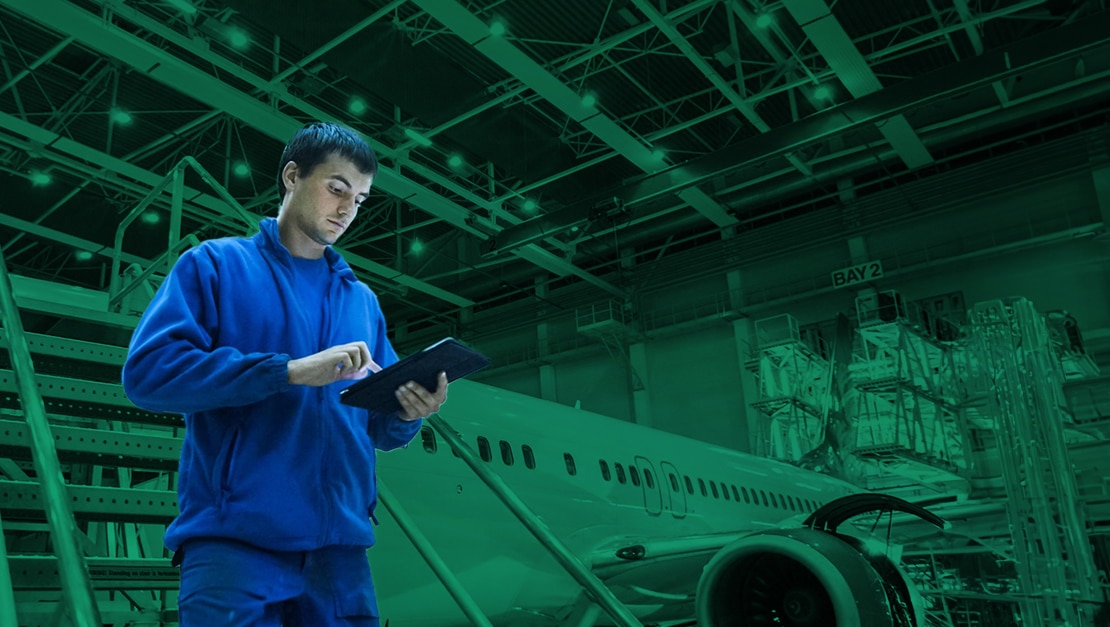The fleet industry is on the precipice of a transformation with new and emerging technology solutions changing how companies work. Technology has a significant impact on significantly enhancing fleet safety and improving employee performance, compelling more and more businesses to adapt or risk falling behind.
Accidents, outdated manual processes, disconnected systems, and operational inefficiencies are of paramount concern in the fleet industries. However, new technological advancements like IoT and AI are revolutionizing the way the fleet industry addresses these issues.
Offering innovative solutions for safety, operational efficiency, and employee performance, fleet companies can harness the power of cutting-edge technology to drive progress. In this blog post, we’ll delve deeper into the transformative role of emerging technologies in the fleet industry.
Out With the Old: Traditional Safety Measures in Fleet Operations and Their Limitations
The fleet industry has relied on traditional safety measures that haven’t changed very much over the decades. These methods rely on outdated systems and standards, and without the integration of new technologies, they can pose a risk to operational workflow and employee safety. Let’s take a closer look at some of these conventional safety approaches:
Manual Vehicle Inspection
Drivers and maintenance personnel check different components of a vehicle to make sure it’s up to spec. While visual inspections of things like tires, lights, brakes, and fluid levels are critical for optimal performance and safety, the way they are being done are not efficient and could be prone to human error. Additionally, you aren’t able to gather real-time ongoing insights on a vehicle’s condition outside of a manual inspection. Also, what happens, when a mechanic should be alerted immediately so that no delays are accrued?
Security Protocols
Secure parking facilities, background checks, or access to vehicles or control tools are all measures companies take to ensure their fleets are secure. These protocols are reliant on human vigilance, making them vulnerable to potential breaches.
Paper-based Checklists
Traditionally, the fleet industry has relied on paper-based lists and logs when conducting maintenance inspections or documenting vehicle status. Not only is this process cumbersome and time-consuming, but it’s also subject to human oversight and inaccuracies.
In With the New: Emerging Technologies in the Fleet Industry
Like many other industries, the fleet industry is undergoing a technological revolution that’s reshaping how businesses address safety and employee performance. Emerging technologies have become game-changers, paving the way for the fleet industry to move past outdated conventional safety measures and reap the benefits of cutting-edge work tools. Here are some of the technologies the fleet industry is adopting:
- IoT devices: Internet of Things (IoT) devices such as real-time sensors can help companies managing fleets gather real-time data on vehicle diagnostics, driver behavior, or cargo conditions. This enables them to stay safer by taking a proactive approach to potential risks before they become problems.
- Telematics: Combining GPS with onboard diagnostics, telematics gathers essential data to help optimize routes, cut down on fuel costs, and monitor speed and driver behavior to enhance overall safety. According to GPS Insight’s 2022 Fleet Safety Report, 57% of companies using telematics found that it was effective in improving fleet safety.
- GPS: By tracking the precise location of a vehicle, fleet managers can better monitor movements and plan efficient routes. This can also ensure compliance or assist in the event of a theft or safety issue with a driver.
- AI: Through the analysis of vast amounts of data, AI can help fleet managers predict maintenance needs, optimize vehicle inspection, enhance safety, and identify drivers’ patterns to avoid safety issues like collisions and fatigue.
- Software monitoring solutions: Advanced software can offer real-time fleet and driver behavior monitoring to provide actionable insights for better decision-making that could impact safety and performance. In fact, 42% of companies reported fewer incidents since using fleet management software to monitor driver behavior.
Of course, adopting these technologies can be challenging, but by selecting the right products for your business, you can ensure both your fleet vehicles and drivers are performing at their peak. Find out more about emerging fleet industry technologies and how companies can stay ahead in our recent blog post.
How Is AI Advancing the Fleet Industry?
AI is revolutionizing how the fleet industry performs in several meaningful ways. Let’s take a closer look at some of the key ways AI is advancing safety and driver performance.
Data analysis
AI can learn a driver’s behavior over time and use that information to determine where a driver is exhibiting risky behavior or improving on things, like speed or fatigue. Not only that, but data gathered through AI technology can also help predict things like fuel consumption and vehicle maintenance needs.
Automation
With AI, fleet managers can put manual tasks on autopilot, such as route optimization or vehicle inspections. These automations help reduce the potential for human error and reduce both time and cost when it comes to cumbersome tasks.
Predictive Maintenance
AI algorithms can gather data from different vehicle sensors to predict wear and tear and note when a vehicle is likely to need maintenance. This can help actively prevent downtime or avoid issues before they turn into critical problems and costly breakdowns.
Sustainability
By analyzing fuel efficiency, predicting the best routes, and right-sizing fleets, AI can help companies cut down on fuel consumption and reduce the number of miles traveled. Thanks to AI, fleet management can have less of an environmental impact and become more sustainable.
How aiOla’s Speech-powered AI Platform Is Improving Fleet Safety
aiOla uses AI in a way that takes safety and efficiency a step further than other fleet technologies. Using ASR and NLU technology paired with AI and ML, aiOla has created a platform driven entirely by speech. That means that drivers can stay completely hands-free and focus on the road or their tasks, like communicating with dispatch, deliveries, or even vehicle inspection.
aiOla can complete workflows through speech in over 100 languages, different accents and dialects, and can even understand industry-specific jargon. With aiOla, completing workflows is done seamlessly to ensure safe processes and optimal employee performance. Here’s a look at how aiOla can make fleet management safer:
- Accurate inspections: aiOla’s AI can cut down on vehicle inspection time by doing everything through speech. This enables a more accurate collection of data that isn’t prone to human error. Additionally, aiOla’s advanced vehicle inspection features can detect issues that can’t be seen visually using predictive maintenance analytics.
- Enhanced security: Add an extra layer of security to your fleet by using our speech-based platform to detect anomalies such as unauthorized access to vehicles or lots or suspicious activity from a driver or a third party, also keeping your employees hands free enables them to keep their eyes on the task at hand.
- Real-time alerts: Ensure that mechanics are notified immediately, simply through speech, when issues arise, preventing any delays.
- Data collection: Previously lost data is now captured, with reports being sent to managers. This allows for insightful analysis across various locations and branches.
- Optimize checklists: Drivers and employees can work quicker using aiOla instead of traditional paper or even digital checklists simply by using their voice to go through lists. This makes the process faster, more accurate, and a lot more reliable than doing it manually.
- Improved employee performance: By empowering employees to speak through workflows, aiOla’s platform doesn’t have a learning curve, ensuring workflows aren’t disrupted. aiOla helps employees improve performance by offering actionable data and insights into ways to make their work more effective and less labor-intensive. This in turn can lead to increased job satisfaction, less work-related stress, and a more focused approach to tasks.
AI: Driving Change in Fleet Safety and Employee Performance
Emerging technologies like AI along with others like telematics, IoT, GPS, and more, are revolutionizing fleet safety and employee performance. Traditional safety measures are being replaced with technology that helps guarantee a higher level of safety and security and takes a lot of the onus off of drivers and employees so they can focus on the core aspects of their jobs.
Fleet businesses that adapt to these technological changes can ensure they’re remaining not only competitive but that they’re putting the safety of their fleet and drivers at the forefront. With aiOla, adopting new technology is seamless. Drivers don’t even need to learn how to use a new platform and can keep their hands completely free while simultaneously establishing a safer and more efficient working environment. Book a demo with our experts to learn how aiOla can keep your fleet and drivers safer.








